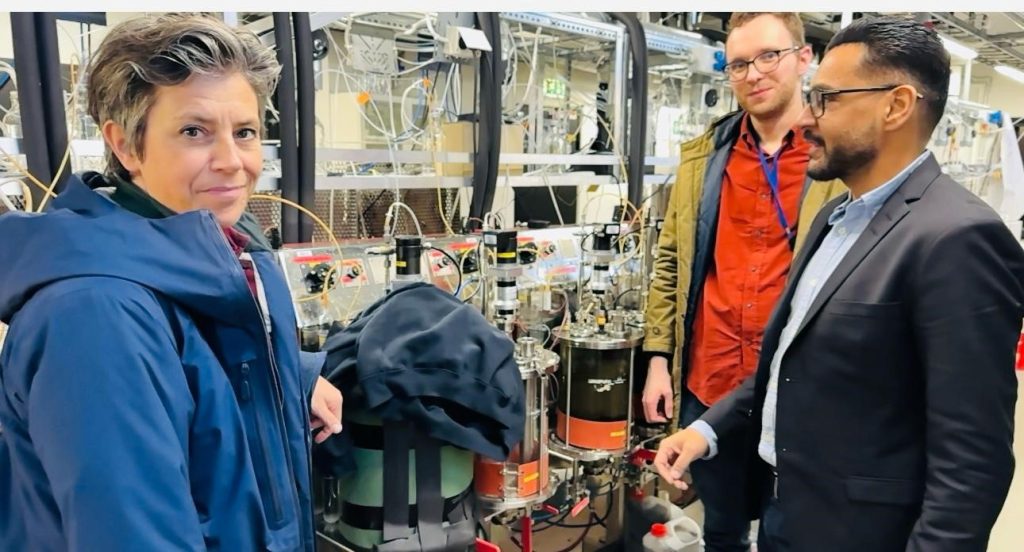Projects in Pakistan
3MW Sethang Solar Project
Background
The Sethang 3MW Solar Project is strategically located in the serene landscape of Skardu, GB, utilizing a barren expanse of 179,986 square meters on the right bank of the River Indus. This government-owned land, nestled between Hussainabad village and Thorgu, presents an ideal canvas for the implementation of a solar photovoltaic (PV) plant. The selected site is approximately 7 kilometers away from Skardu center, offering proximity to key infrastructure while maximizing exposure to sunlight. Description and Location: The chosen PV plant site at Sethang is positioned along the right bank of the Indus River between Hussainabad and Thorgu. The coordinates of the site are 35°18’43.62’N latitude and 75°43’7.83’E longitude. With an elevation of approximately 2,240 meters above sea level. The site provides an elevated vantage point conducive to solar energy capture. The total available land for the solar installation spans around 180,000 square meters, offering ample room for the deployment of the 3MW solar photovoltaic system which requires a total of 76,000 Square Kilometers of Land. The site’s strategic positioning is further emphasized by its proximity to the closest substation, situated approximately 5 kilometers away. This proximity ensures efficient energy transmission and integration into the existing power infrastructure of the region.
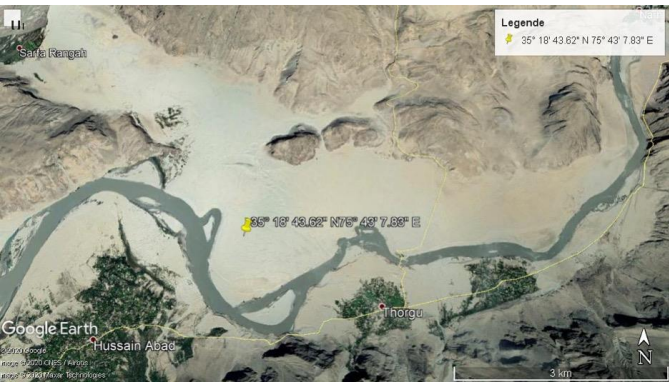
1.5MW Commercial Solar Project Skardu
Project Overview
Our 1.5MW Solar PV project at Degree College Skardu is designed to harness the abundant solar energy available in the region. This initiative not only aligns with our environmental goals but also aims to address the increasing demand for electricity in the area. The project will focus on serving the commercial load in the vicinity, catering to establishments such as hotels, banks, and small industries.
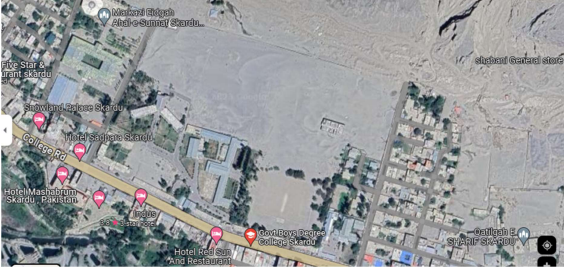
Targeted Consumers
Hotels
By integrating solar power into their energy mix, hotels in the region can significantly reduce their carbon footprint while ensuring uninterrupted power supply to guests.
Banks
The financial sector plays a crucial role in driving economic growth. Our solar project will contribute to a sustainable and reliable power source for banking operations.
Small Industries
Supporting local industries with clean energy not only helps in reducing operational costs but also promotes eco-friendly business practices
Round-the-Clock Electricity
One of the key benefits of our Solar PV project is the assurance of round-the-clock electricity supply. The advanced technology incorporated in the system, coupled with energy storage solutions, ensures that consumers have access to power even during periods of low sunlight. This reliability is paramount in sustaining the operations of our consumers
Benefits of the project.
Benefits for the College
The introduction of the 1.5MW Solar Photovoltaic (PV) project at Degree College Skardu holds multifaceted benefits. The project ensures a continuous and reliable power supply to the college, eliminating the disruptions caused by conventional grid outages. This uninterrupted electricity access is pivotal for sustaining academic activities, facilitating research, and supporting administrative operations.
Benefits for Consumers
The introduction of the 1.5MW Solar Photovoltaic (PV) project at Degree College Skardu holds multifaceted benefits. The project ensures a continuous and reliable power supply to the college, eliminating the disruptions caused by conventional grid outages. This uninterrupted electricity access is pivotal for sustaining academic activities, facilitating research, and supporting administrative operations.
Environmentally Friendly
Solar energy is a clean and renewable resource, reducing the reliance on traditional fossil fuels and minimizing the carbon footprint
Cost-Effective
Over time, solar power proves to be a cost-effective solution, providing stable energy costs and reducing dependence on fluctuating utility rates
Community Impact
Our initiative not only benefits businesses but also contributes to the overall development of the local community by creating jobs and supporting economic growth
10MW Hydropower Project Tormik, Near Skardu
Project Overview
In the picturesque region near Skardu, another beacon of hope shines bright: the 10MW Hydropower Project Tormik. Collaborating with our partners at Norhydro, we embark on a journey to bring sustainable energy to the heart of Skardu and its surrounding communities. With a capacity of 10MW, this project taps into the region’s natural assets to generate clean and renewable energy. Through meticulous planning and engineering, Tormik promises to be a cornerstone of Skardu’s energy infrastructure.
Working hand in hand with local authorities and the Water and Power Department of Gilgit-Baltistan, our partnership with Norhydro ensures that the Tormik project meets the highest standards of feasibility and sustainability. Together, we navigate through detailed feasibility studies and environmental assessments to ensure the project’s success.
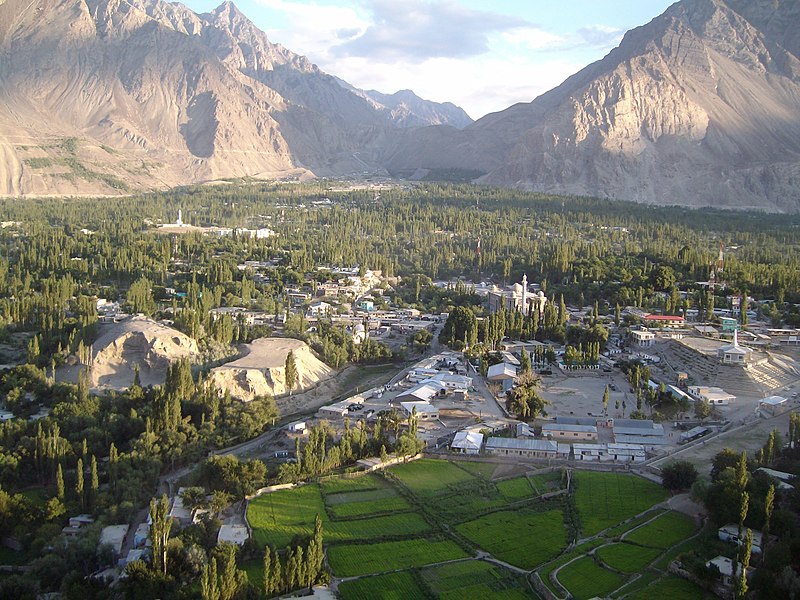
Salient Features
Feature | Detail |
Design Discharge | 2.64 m3/s |
Length of Penstock Pipe | 1015 m |
Net Head | 482 m |
Plant Factor | 85.00 % |
Annual Energy Generation | 77.81 GWh |
8MW Low Head Hydropower Project at Kashiodas, Gilgit City
Project Overview
At the heart of Gilgit City, nestled amidst the majestic landscapes of Gilgit-Baltistan, lies a solution to one of the city’s most pressing issues: power shortages. The 8MW Low Head Hydropower Project at Kashiodas promises to alleviate the burden of load shedding that has plagued Gilgit City and its surrounding areas for years. By utilizing low head hydropower technology, this project ensures efficient energy production while minimizing environmental impact.
With all the load centers in mind, this project aims to provide a reliable source of electricity to meet the growing demands of Gilgit City’s residents, businesses, and institutions. By bridging the gap between supply and demand, the Kashiodas hydropower project promises to bring stability to the city’s power grid.

Salient Features
Feature | Detail |
Design Discharge | 61.75 m3/s |
Length of Penstock Pipe | 700 m |
Net Head | 14 m |
Plant Factor | 84.87 % |
Annual Energy Generation | 59.48 GWh |
1MW Low Head Hydro Project Skardu
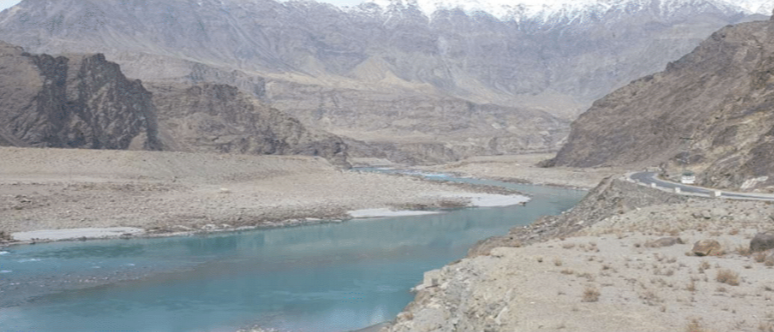
Baltistan and the Skardu valley in particular offer several viable locations on the main Indus River for the installation of low-head small hydropower plants. The NorHydro low-head technology, which received funding from the European Commission, has now advanced to the commercial stage and can be implemented in the Gilgit-Baltistan region. The low-head technology is patented and is feasible for sites with head of 2 to 4 meters .
During a site visit, NorHydro and the Water and Power department team of Skardu this site for the installation of low-head hydro power plants. Currently a detailed feasibility study is being carried out to assess the site and install a 1MW hydro power plant.
Norhydro’s Involvement in Research and Development
Background
Addressing the challenge of producing biogas from animal manure and organic agricultural waste, our research seeks to provide efficient and cost-effective solutions. The focus is on enabling local farmers to generate biogas, reducing transportation costs and associated climate emissions. This approach empowers farmers, offering control over raw materials used and ensuring quality, including the mitigation of concerns such as microplastics. The produced biofertilizer remains within the local community, promoting hygiene and delivering economic benefits. Additionally, using gas for electricity production can diminish the need for extensive electricity transmission capacity.
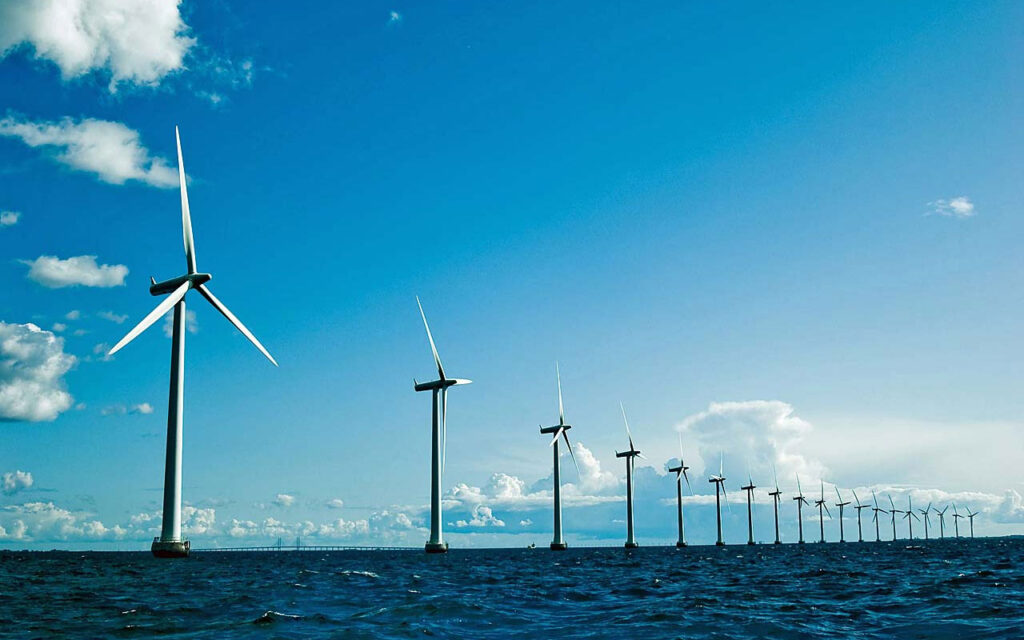
The primary goal of this collaborative project is to develop a simple and cost-effective technology for farm-based low-temperature biogas plants. In Phase 1, we aim to verify the feasibility of low-temperature biogas treatment on a laboratory scale. Successful outcomes will propel the project into Phase 2, involving pilot-scale trials for further validation and refinement.
Success CriteriaThe success criterion for Phase 1 is obtaining a definitive clarification on whether to proceed with Phase 2. Positive results from laboratory-scale testing will validate the low-temperature hypothesis and provide a foundation for subsequent pilot research.
Prerequisites for ImplementationExecuting this ambitious project requires a collaborative effort, and NORHYDRO, alongside our esteemed partners, has brought together the necessary human, financial, tangible, and intangible resources. The consortium encompasses individuals with expertise in biogas treatment, well-equipped laboratory facilities, access to relevant knowledge, a robust working hypothesis, and sufficient financing.
